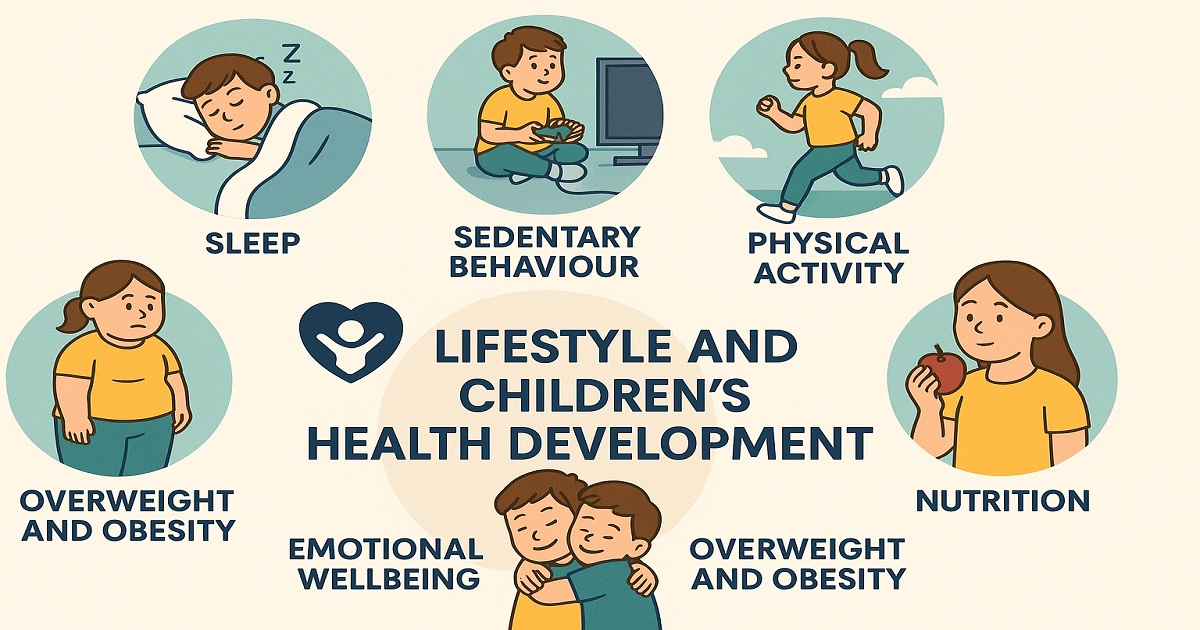Lifestyle and Children's Health Development
A special issue of Children (ISSN 2227-9067). This special issue belongs to the section "Global Pediatric Health".
Deadline for manuscript submissions: 20 May 2026 | Viewed by 10383

Special Issue Editors
Interests: nutrition; lifestyle; children’s health; children’s development; interventions to promote a healthy lifestyle
Special Issues, Collections and Topics in MDPI journals
Interests: health trought physical activity; promotion of healthy habits; evaluation of overweight and obesity in children and adolescents
Special Issue Information
Dear Colleagues,
The intersection between lifestyle and the development of children's health is a vital area of study that has evolved significantly. The understanding of childhood and its role in health has transitioned towards a comprehensive focus on holistic well-being. This Special Issue aims to delve into the diverse aspects of lifestyle that influence children's health, including diet, physical activity, sleep, sedentary behavior, and mental health. By examining innovative research and interventions, we strive to provide a thorough understanding of how lifestyle choices affect children's long-term health outcomes. We welcome original research, reviews, and short communications that offer fresh insights and practical applications for enhancing children's health via lifestyle modifications.
Dr. Guillermo Garcia-Perez-De-Sevilla
Dr. Augusto García Zapico
Guest Editors
Manuscript Submission Information
Manuscripts should be submitted online at www.mdpi.com by registering and logging in to this website. Once you are registered, click here to go to the submission form. Manuscripts can be submitted until the deadline. All submissions that pass pre-check are peer-reviewed. Accepted papers will be published continuously in the journal (as soon as accepted) and will be listed together on the special issue website. Research articles, review articles as well as short communications are invited. For planned papers, a title and short abstract (about 250 words) can be sent to the Editorial Office for assessment.
Submitted manuscripts should not have been published previously, nor be under consideration for publication elsewhere (except conference proceedings papers). All manuscripts are thoroughly refereed through a single-blind peer-review process. A guide for authors and other relevant information for submission of manuscripts is available on the Instructions for Authors page. Children is an international peer-reviewed open access monthly journal published by MDPI.
Please visit the Instructions for Authors page before submitting a manuscript. The Article Processing Charge (APC) for publication in this open access journal is 2400 CHF (Swiss Francs). Submitted papers should be well formatted and use good English. Authors may use MDPI's English editing service prior to publication or during author revisions.
Keywords
- healthy lifestyles
- physical activity
- obesity
- children
- adolescents
Benefits of Publishing in a Special Issue
- Ease of navigation: Grouping papers by topic helps scholars navigate broad scope journals more efficiently.
- Greater discoverability: Special Issues support the reach and impact of scientific research. Articles in Special Issues are more discoverable and cited more frequently.
- Expansion of research network: Special Issues facilitate connections among authors, fostering scientific collaborations.
- External promotion: Articles in Special Issues are often promoted through the journal's social media, increasing their visibility.
- Reprint: MDPI Books provides the opportunity to republish successful Special Issues in book format, both online and in print.
Further information on MDPI's Special Issue policies can be found here.







